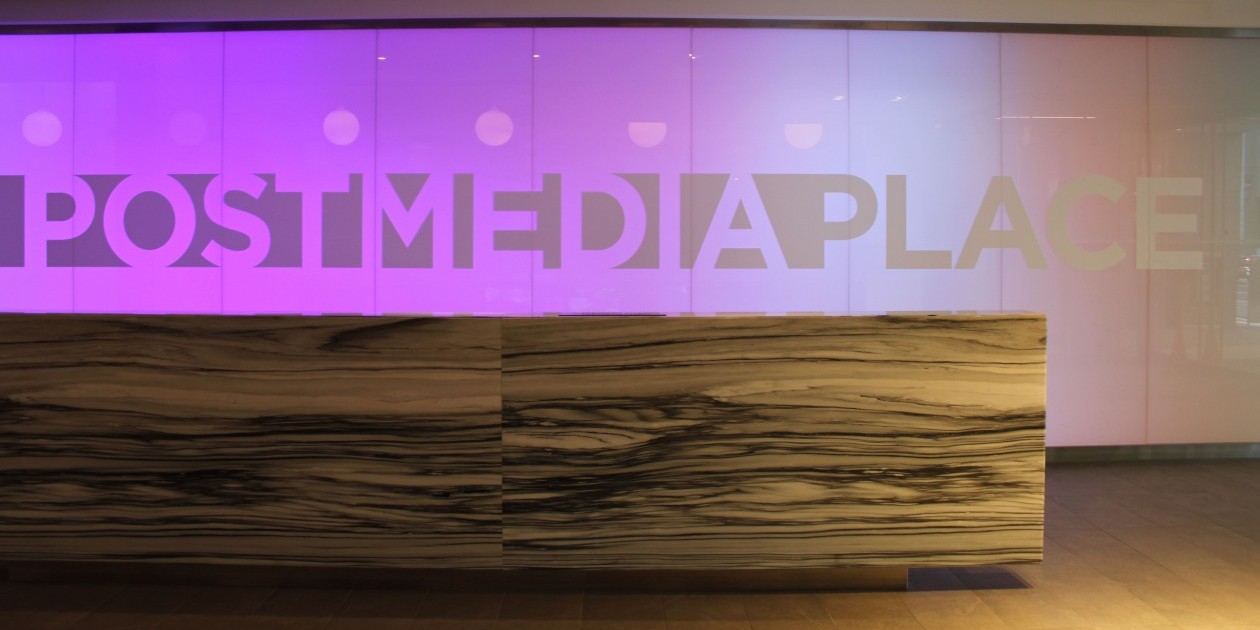Postmedia has been quietly experimenting with an in-house programmatic trading desk over the past year, and has recently announced its intention to continue expanding this new line of business.
“I guess the main reason we needed to change our general offering was just the shifting consumer behaviour,” said Tony Patel, the vice-president of monetization and programmatic trading for Postmedia. He said that as print circulation continues to decline, the organization’s digital strategy has become more of a priority.
“We needed to think bigger, not just to think about our inventory but what else we could do for clients,” Patel said.
The trading desk utilizes the exclusive first-party behavioural information Postmedia collects from its media properties to serve ads both within and beyond its publishing network.
“For all the impressions we’re winning on Postmedia, we’re actually bidding on them ourselves. We get a first look on impressions, and if the impression is what we want for that particular campaign, then great! We’ll use it,” said Patel. “For any impression we don’t win on our own network, we go and buy it from our partner sites.”
Patel adds that the trading desk utilizes Google’s DoubleClick Bid Manager as well as Adobe Audience Manager as a data management platform, but has built the rest of the platform in-house, expanding its programmatic trading team from two to 12 people in recent months.
While the in-house programmatic trading desk is built to handle large enterprise clients, Patel said the primary market is small businesses, particularly those that want to reach niche audiences within a very tight geographic perimeter.
“Most of our clients are SMB clients. They’re too small to have budget to go and also do a Facebook campaign or go to an agency trading desk,” he said. “They typically are doing some print with us and adding some digital.”
Those clients, added Patel, are typically interested in basic services, including search engine marketing, programmatic display and even basic website building.
“Now we’re actually in the business of building mobile responsive websites. We’ll put content on that because Postmedia is fundamentally a content shop,” he said. “We actually find content — whether it’s a restaurant that wants to roll out a new menu or a florist writing about tips for throwing parties — using the sort of commercial journalism that we have and scaling it down to the small businesses level.”
Depending on the specifics of the campaign goals, Postmedia will leverage its data to determine how much to run on their own network, and how much should be sent off-network.
“As we’ve been tweaking our bidding strategies and how we use our data versus Google data there have been a lot of learning on our side,” said Patel. “As we’ve ramped up we’ve added heads, and we’re now at a a point where it’s a pretty well-oiled machine.”











